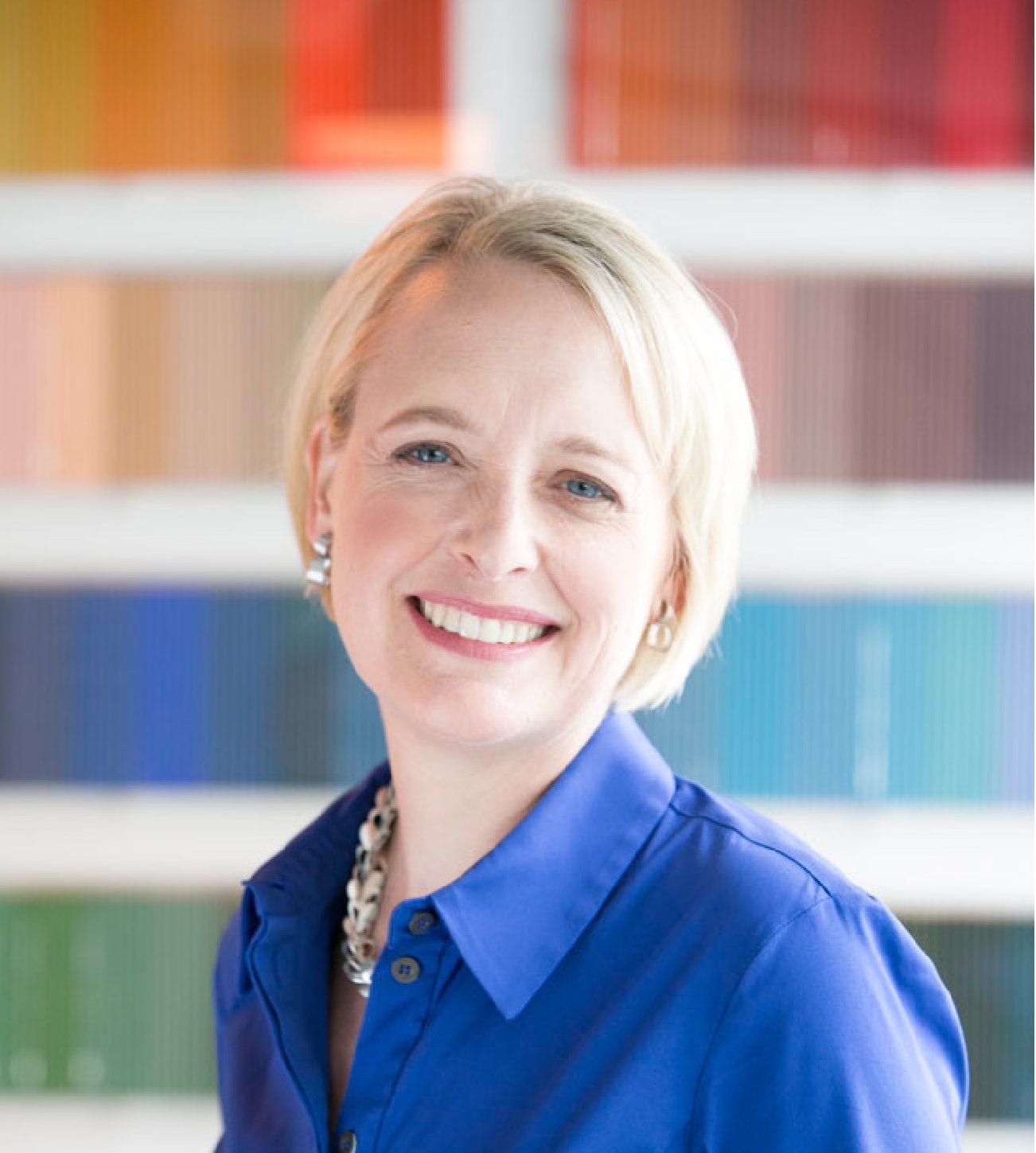Crying in front of management can make you a better leader
One of the most formative experiences in Julie Sweet’s career happened over 20 years ago. At the time, it was even less common for women to occupy the C-suite, and even riskier for leaders (of any gender) to show their vulnerability.


One of the most formative experiences in Julie Sweet’s career happened over 20 years ago. At the time, it was even less common for women to occupy the C-suite, and even riskier for leaders (of any gender) to show their vulnerability.
Sweet worked her way up to become the CEO of Accenture North America, a position she’s held since 2015. She came to Accenture from Cravath, Swaine & Moore, a powerful New York law firm where she was one of its first few female partners. Sweet was named one of Fortune’s most powerful women in 2016, 2017, and 2018. Her trajectory has taught what makes the best kind of leader and how to make people of all backgrounds and creeds feel welcome and valued.
Sweet recalled one of the most important lessons she’s learned in her career when she gave the keynote speech at the MBA graduation ceremony for the McCombs School of Business at the University of Texas at Austin on May 24.
The anecdote reveals a lot about business in the late 1990s, and in particular how people (both then and now) react to vulnerability. When people cry at work (for many of us, even for business leaders, it’s sometimes unavoidable), it’s easy to freeze up, but the best approach is one of compassion and understanding.
We’ve published part of Sweet’s speech below. This transcript has been lightly edited for clarity.
So, it was the fall of 1999, and my law firm had brought in unconscious bias training for the first time. This was 20 years ago, so this was incredibly forward thinking.
It was also two weeks before the partnership meeting where I would be elected the third woman corporate partner and the ninth woman partner overall in my law firm with a history that dated back to 1819.
The day of the training, I go to the conference room, there’s a long table with about 30 of my colleagues, almost all men.
About halfway through the training, the facilitator turns to me and says, “Julie. You’re a senior woman. Have you experienced any unconscious bias or any of these scenarios?”
Even today, I can remember exactly where I was sitting and what it felt like when I went to open my mouth to respond and no words came out. And I started sobbing. I actually couldn’t compose myself—I had no idea where this was coming from, but I could only sob, so I got up, I left the conference room and I went to my office.
And of course, this spread through the law firm like wildfire. Everyone knew that in two weeks, I was about to get elected partner.
So a little later there’s a knock on the door of my office. And the first woman partner comes in, Susan, she was a good friend and mentor.
And she says, “Well, there’s been a meeting. The men have gathered. They don’t know what to do. And so they sent me in to talk to you and find out how you are.”
The funny thing is that Susan knew there wasn’t a big scandal. It was just all the things that I’d experienced bubbling up. And as I spoke to Susan, I thought to myself, “In two weeks, I will be a partner and I will have the power to make it different.” And in that moment I committed that I would make it better for the women coming after me.
That was [one of my most important] lesson[s]: Be an advocate for all.
Over the last 20 years I have tried to live that commitment and I learned that I need to focus not just on gender, but on all kinds of diversity—ethnic, generational, geographic, persons with disabilities, religious, LGBTQI—because everyone needs to feel like they belong. This is an important part of who I am as a leader.
And while our first duty is to do it for the people we lead, at Accenture we have proved over and over again that inclusion and diversity is great for business and essential for innovation.
And so, as each of you take your first job exiting school, if you create diverse teams and you advocate for all—you will perform better than those who don’t. And we are not at the point yet where most people create diverse teams.
So, as you reflect on these leadership lessons, please remember that leadership is not about title. It is about your mindset, the responsibility you choose to take when you leave here and what you do every day.
This story is part of How We’ll Win in 2019, a year-long exploration of workplace gender equality. Read more stories here.